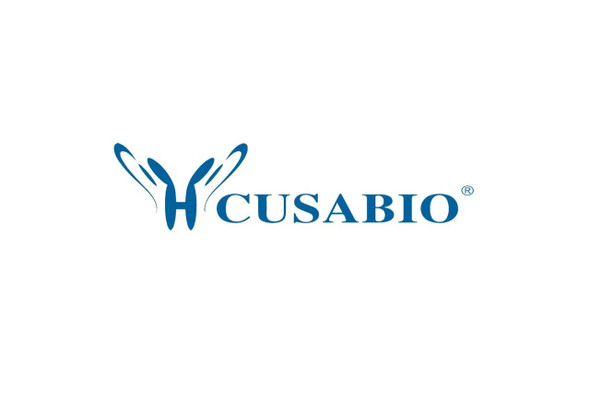Cusabio Polyclonal Antibodies
Phospho-IGF1R (Tyr1165/Tyr1166) Antibody | CSB-PA597654
- SKU:
- CSB-PA597654
- Availability:
- 3 to 7 Working Days
- Size:
- 100ul
Description
Phospho-IGF1R (Tyr1165/Tyr1166) Antibody | CSB-PA597654 | Cusabio
Phospho-IGF1R (Tyr1165/Tyr1166) Antibody is Available at Gentaur Genprice with the fastest delivery.
Online Order Payment is possible or send quotation to info@gentaur.com.
Product Type: Polyclonal Antibody
Target Names: IGF1R
Aliases: Insulin-like growth factor I receptor; CD221; IGF1R; kinase IGF1R;
Background: This receptor binds insulin-like growth factor 1 (IGF1) with a high affinity and IGF2 with a lower affinity. It has a tyrosine-protein kinase activity, which is necessary for the activation of the IGF1-stimulated downstream signaling cascade. When present in a hybrid receptor with INSR, binds IGF1.
Li S, et al. (1994) J Biol Chem; 269 (51) : 32558-64.
Isotype: IgG
Conjugate: Non-conjugated
Clonality: Polyclonal
Uniport ID: P08069
Host Species: Rabbit
Species Reactivity: Human, Mouse, Rat
Immunogen: Peptide sequence around phosphorylation site of tyrosine 1165/tyrosine 1166 (T-D-Y (p) -Y (p) -R-K) derived from Human IGF-1R .
Immunogen Species: Human
Applications: ELISA, WB, IF
Tested Applications: ELISA, WB, IF;WB:1:500-1:1000, IF:1:100-1:200
Purification Method: Antibodies were produced by immunizing rabbits with synthetic phosphopeptide and KLH conjugates. Antibodies were purified by affinity-chromatography using epitope-specific phosphopeptide. Non-phospho specific antibodies were removed by chromatogramphy using non-phosphopeptide.
Dilution Ratio1: ELISA:1:2000-1:10000
Dilution Ratio2: WB:1:500-1:1000
Dilution Ratio3: IF:1:100-1:200
Dilution Ratio4:
Dilution Ratio5:
Dilution Ratio6:
Buffer: Supplied at 1.0mg/mL in phosphate buffered saline (without Mg2+ and Ca2+), pH 7.4, 150mM NaCl, 0.02% sodium azide and 50% glycerol.
Form: liquid
Storage: Upon receipt, store at -20°C or -80°C. Avoid repeated freeze.
Initial Research Areas: Signal Transduction
Research Areas: Cancer;Developmental biology;Signal transduction






